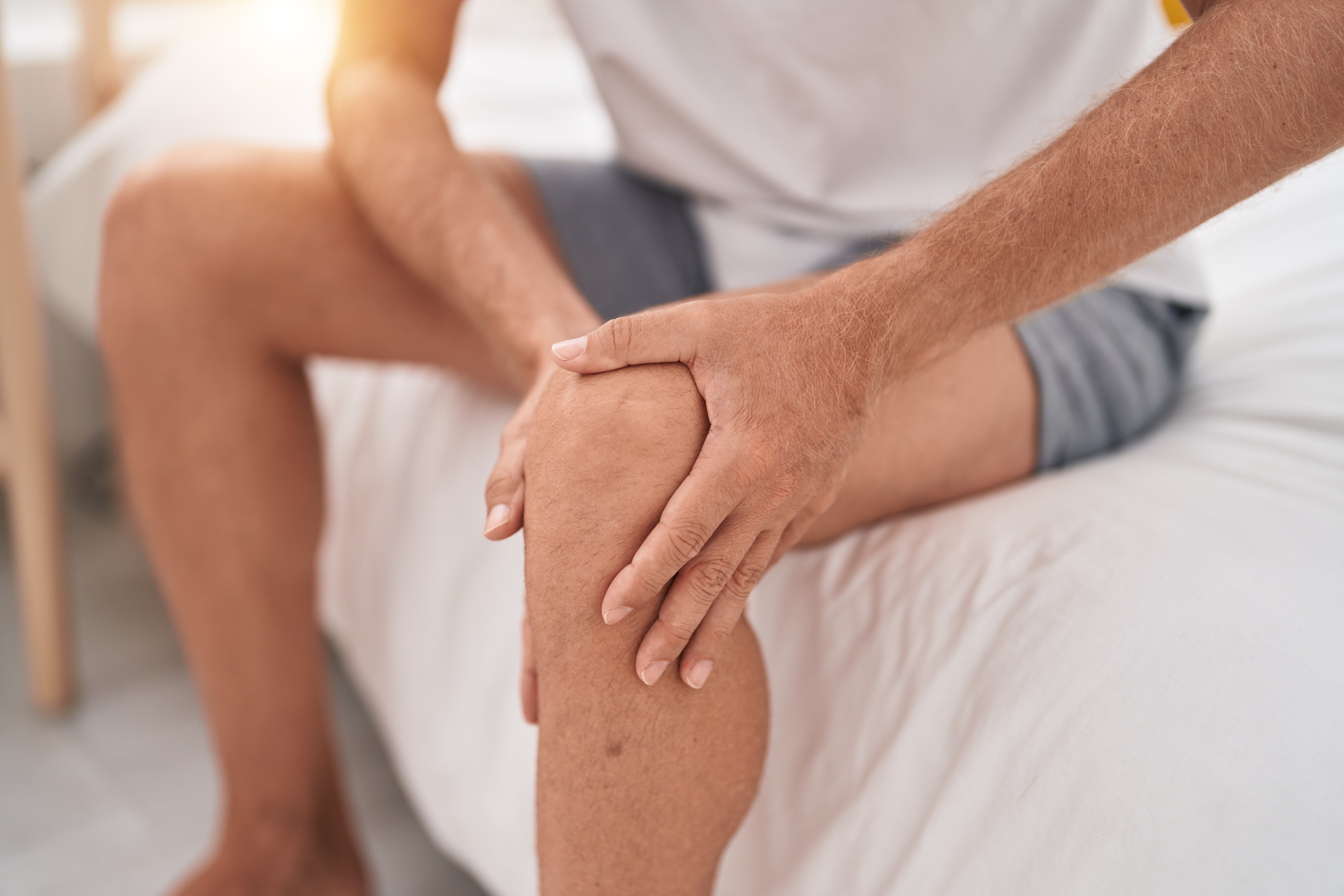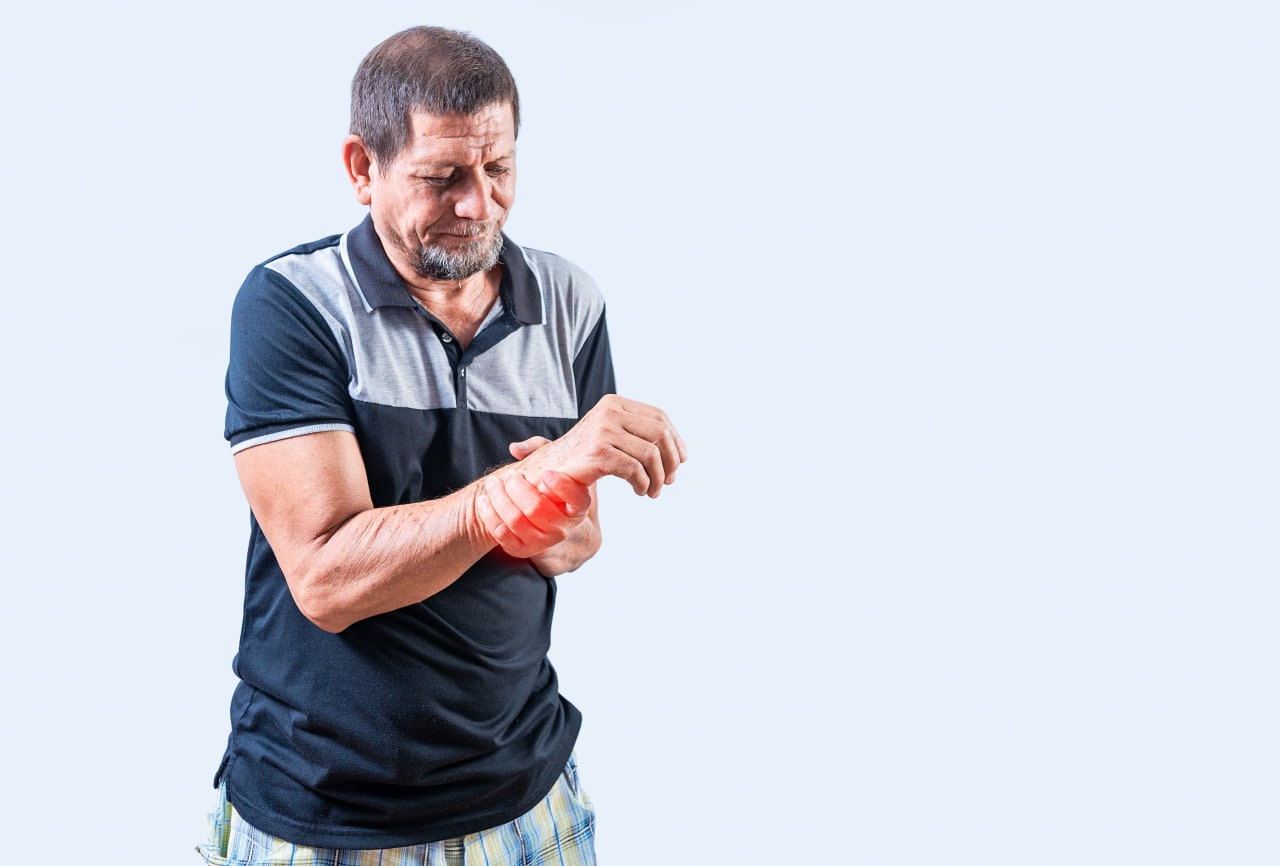54B, Tailstoi Town 5238 MT,
La city, IA 522364
Welcome to Advance Physical Therapy!
Chirokind & Rehabilitation Clinic focuses on maintaining health for people of all ages, helping patients pain and prevent disease.
54B, Tailstoi Town 5238 MT,
La city, IA 522364
Working Hrs : 9.30am to 6.30pm
Welcome to Advance Physical Therapy!

Motor vehicle accidents cause a significant amount of strain and stress on various joints and muscles in your body due to the high velocity mechanism of the injury. The pain typically does not start until the next 24-48 hours, however if not treated in the early phase, it can lead to chronic and permanent impairments.




An MVA motor vehicle accident is a collision that results in moderate to severe physical and psychological damage, including comorbidities, which cripples the functionality of victims leading to sudden helplessness.
While Advance Physical Therapy works as MVA rehabilitation and understands how traumatic a motor vehicle accident can be and what the recovery plan should be. As an MVA rehabilitation services clinic we also know that victims often have clinically significant sequelae. And automobile collision can lead to spinal cord and traumatic brain injury, nerve and thoracic fractures, whiplash, concussions, spinal disc herniation, soft tissue injuries, limb loss and knee injuries, facial trauma, body sprains and spasms, and burns.
If you’ve been in a crash, you know the most common damage is the upper spine and neck, besides traumatic brain injury, soft tissue injury, concussions, lacerations, and fractures. And sometimes the impacts of substantive crashes may recur over 6-18 months.
Hence, expert therapists at our clinics will examine the injuries and develop a personal treatment plan, which might include a referral to an expert specialist to help you work on an all-inclusive convalescence plan after a motor vehicle accident.
Starting physical therapy quickly after a car accident, often the same week, is crucial unless the medical clearance is required . Early intervention helps prevent acute injuries from becoming chronic conditions, accelerates healing, and optimizes recovery outcomes. Don’t delay seeking evaluation if you’re experiencing pain or stiffness post-MVA.
Physical therapy effectively treats a wide range of common car accident injuries, including whiplash, neck pain, back pain, headaches, shoulder injuries, knee sprains, and soft tissue damage. Our therapists specialize in rehabilitating these specific conditions to restore function and reduce discomfort.
No, you are not required to have a referral to see a physical therapist. In case you need consultation with an MD, our office will arrange that for you
A typical session for car accident injuries includes a personalized blend of manual therapy (hands-on techniques for pain relief and mobility), therapeutic exercises (strengthening, stretching, and range of motion), and modalities (like heat/cold therapy or electrical stimulation) to reduce inflammation and pain. Education on posture and body mechanics is also key.
The duration of physical therapy post-car accident varies significantly based on injury severity and individual progress. It can range from a few weeks for minor sprains to several months for more complex injuries. Your physical therapist will regularly assess your recovery and adjust your treatment plan accordingly.
While some mild discomfort or muscle soreness can be part of the healing process as you regain strength and mobility, physical therapy should not cause severe or intolerable pain. Your therapist will work within your pain tolerance, gradually progressing exercises to ensure effective and comfortable rehabilitation.
In most cases, physical therapy for motor vehicle accident-related injuries is covered by your auto insurance policy (often through Personal Injury Protection – PIP) or the policy of party at fault. In case the insurance of the party at fault does not accept the responsibility, our team will assist you in filing the claim.
Absolutely. Physical therapy can be highly effective in managing and reducing chronic pain stemming from past car accidents. Even years later, specialized programs focusing on strengthening, flexibility, posture correction, and pain education can significantly improve your quality of life and functional abilities.
For your first MVA physical therapy appointment, wear comfortable, loose-fitting clothing. Bring any relevant medical records, imaging reports (X-rays, MRI), a list of current medications, and your insurance information. Be prepared to discuss your accident details, symptoms, and medical history thoroughly.
Your active participation is paramount to a successful physical therapy recovery after an MVA. Consistently attending appointments, diligently performing prescribed home exercises, adhering to your therapist’s guidance, and openly communicating your progress and concerns are vital for achieving the best possible long-term outcomes.
At Advance Physical Therapy, excellence is our standard. Our team of highly skilled professionals is dedicated to providing the utmost quality of care, ensuring that you receive nothing less than the best.
Time is precious, and we understand that. That's why we have honed our techniques and treatments to deliver rapid and efficient results. Get back to your best self quicker than you ever imagined!
We don't just treat conditions; we transform lives. Our dedicated team goes above and beyond to customize treatment plans and offer personalized care to maximize your potential and restore your quality of life.
We believe in the power of empowerment. Our goal is not only to treat your condition but also to empower you with the knowledge and tools to conquer challenges and embrace a life of wellness.
We don't just treat conditions; we transform lives. Our dedicated team goes above and beyond to customize treatment plans and offer personalized care to maximize your potential and restore your quality of life.
Our track record speaks for itself! With an impressive success rate of 99% and 24 years of experience, we have consistently helped countless patients reclaim their health and reach their physical goals.
At Advance Physical Therapy, excellence is our standard. Our team of highly skilled professionals is dedicated to providing the utmost quality of care, ensuring that you receive nothing less than the best.
Time is precious, and we understand that. That's why we have honed our techniques and treatments to deliver rapid and efficient results. Get back to your best self quicker than you ever imagined!
We don't just treat conditions; we transform lives. Our dedicated team goes above and beyond to customize treatment plans and offer personalized care to maximize your potential and restore your quality of life.
Did you know? Chronic mental and physical conditions can originate or flare up from trauma injuries, including those from car accidents. Injuries from MVA can lead to future onset or worsening of conditions such as arthritis, spondylosis, emotional and sleep disturbances. Understand the hidden impact of these conditions on your long-term health.
Injuries to Spine such as Whiplash, Disc Herniations, Nerve Injury are some of the most common injuries after an MVA. If left untreated they can lead to chronic conditions, loss of function, loss of work capacity and other physical and mental health problems.
At Advance Physical Therapy, your treatments will be rendered by licensed and qualified physical therapists, MDs and you shall be referred to other specialists as needed. We take even minor injury seriously, because we understand the long-term consequences of it.
